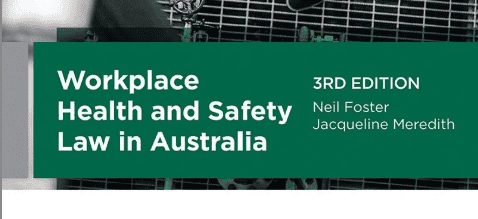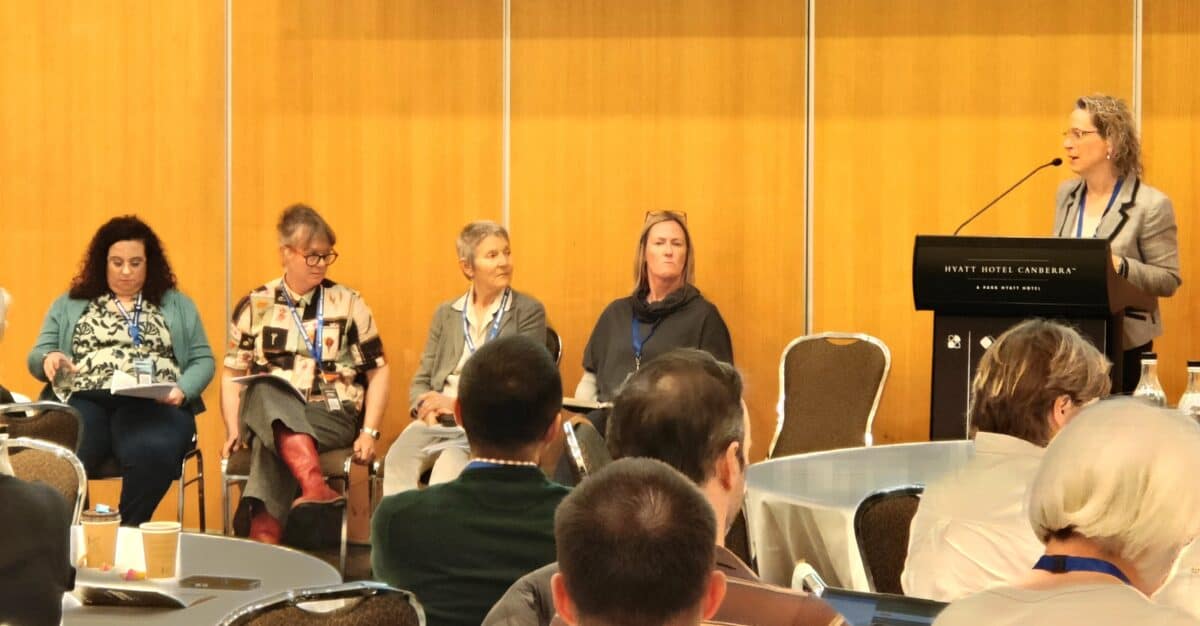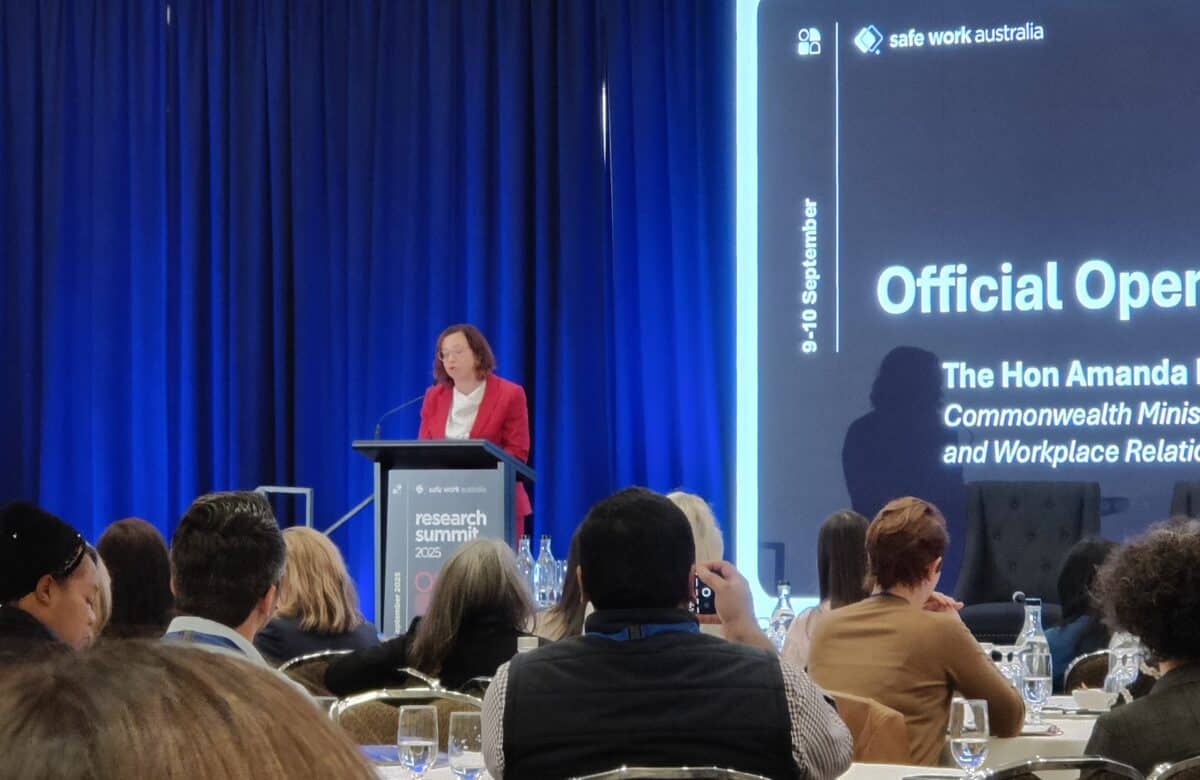Neil Foster and Jacqueline Meredith‘s 3rd Edition of Workplace Health and Safety Law in Australia can be seen as a companion to Creighton and Stewart’s Labour Law. Both have excellent occupational health and safety (OHS) content for their respective markets; both have very different tones.
Category: Uncategorized
The 38-Hour Week is not a Myth—It’s an Ignored Safeguard
Safe Work Australia’s recent Research Summit conducted several workshops. Time allowed delegates to only attend two of the eight – a morning and an afternoon. The standout seminar I attended was for “Work as a determinant of our psychological health”.
Inside the Room Where Safety Happens
There are several ways to write about Safe Work Australia’s recent Research Summit. This is the first article and will discuss a couple of features of the summit and ask if the summit achieved its aims.
Balancing Acts That Miss the Point
One of the aims of Australia’s Model Work Health and Safety Act is to
“… provide a balanced and nationally consistent framework to secure the health and safety of workers and workplaces.” (page 5, Best Practice Review of the model Work Health and Safety laws – Discussion Paper, September 2025)
There are several ways to interpret “balance” – an equilibrium/harmony or the process for weighing interest, a noun or a verb. I am not sure that ‘balance’ or ‘balanced’ are suitable terms in a document that should provide clear guidance on occupational health and safety (OHS) matters. It may be an example of how an inexactitude can lead to over-complexity and OHS’s reputation for business bullshit.
The Minister could have said so much more
The best way to describe the Workplace Relations Minister’s speech to Safe Work Australia’s Research Summit on September 9, 2025, is “safe”. Others may say Amanda Rishworth was boring, but what was she expected to say?
More OHS voices needed
A new discussion paper from Safe Work Australia (SWA) is interesting in a curious way. Its purpose is confusing, and its final report will not be presented until mid-2026. SWA offers no definition of “best practice” but suggests that consideration should start from the objective of the Model Work Health and Safety Act:
“….to ensure the model WHS laws continue to provide a balanced and nationally consistent framework to secure the health and safety of workers and workplaces.”
Should executives receive any bonuses if a workplace death has occurred?
Recently, an Australian executive at Cleanaway received a 30% reduction in his short-term bonus as a result of several workplace fatalities. This type of action is not uncommon. Although some of the media note this as a significant occupational health and safety (OHS) consequence, why not lose all of the bonus? Is this just taking away money that the executive had not yet received? Is this a deterrence?
Continue reading “Should executives receive any bonuses if a workplace death has occurred?”






